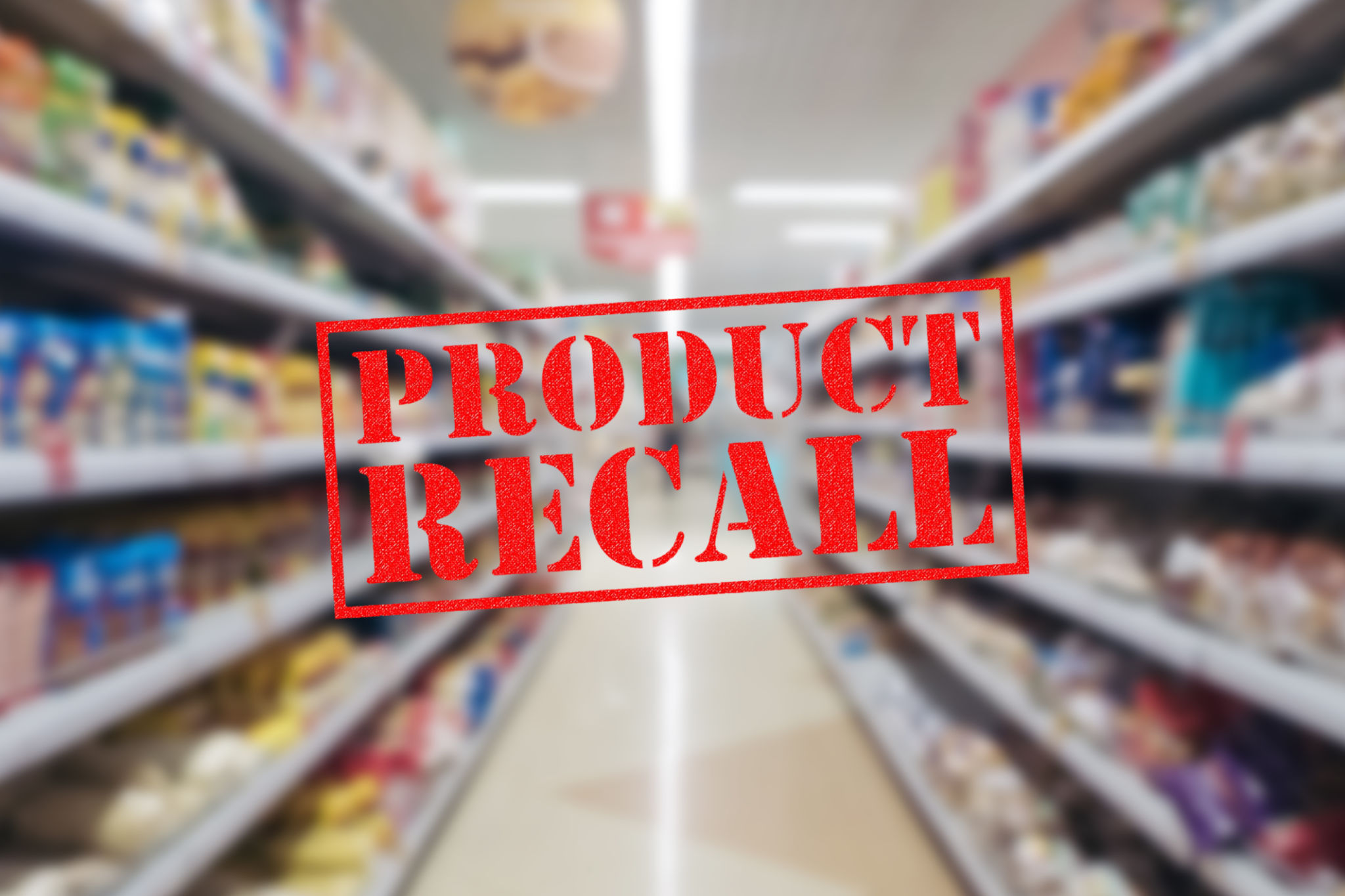Myth-Busting: Common Misconceptions About Food Safety Regulations
Understanding Food Safety Regulations
Food safety regulations are essential to ensuring that the food we consume is safe and healthy. Despite their importance, there are numerous misconceptions surrounding these regulations. These misunderstandings can lead to confusion and skepticism about food safety practices. In this article, we will debunk some common myths and clarify the truth behind food safety regulations.

Myth 1: Regulations Are the Same Everywhere
One widespread misconception is that food safety regulations are uniform across the globe. In reality, each country has its own set of rules and guidelines tailored to its unique agricultural practices, climate, and economic conditions. While there are international standards, such as those set by the World Health Organization, individual countries often modify these to suit their specific needs.
The differences in regulations can affect everything from permissible pesticide levels to labeling requirements. Consumers should be aware that what is considered safe in one country may not meet the standards of another.
Myth 2: Organic Means Pesticide-Free
Another common myth is that organic food is completely free from pesticides. While organic farming restricts the use of synthetic pesticides, it does allow certain natural pesticides. These natural alternatives are often perceived as safer, but they are not entirely without risk. Organic certification focuses on sustainable farming practices, rather than the complete elimination of chemicals.

Understanding the intricacies of organic labeling can help consumers make informed choices about their food purchases. It's important to research and understand what "organic" truly means in terms of food safety.
Myth 3: All Food Products Are Rigorously Tested
Many people believe that every single food product on the market undergoes rigorous testing before it reaches the shelves. While there are stringent testing protocols for certain high-risk foods, it's impractical to test every batch of every product. Instead, food safety agencies focus on high-risk categories and conduct random inspections to ensure compliance with regulations.
This approach helps maintain a balance between safety and practicality. Understanding this can reassure consumers that while not every product is tested, the overall system is designed to minimize risks effectively.
Myth 4: Food Recalls Are a Sign of Failure
Food recalls are often viewed negatively, as though they indicate a failure in the food safety system. In reality, recalls are a vital component of effective regulation. They demonstrate that the monitoring systems in place are working to identify and address potential hazards before they cause widespread harm.

Recalls should be seen as an indication of a responsive and proactive food safety system rather than a failure. By quickly addressing potential issues, regulatory bodies help protect public health and maintain consumer confidence in the food supply.
Myth 5: Expiration Dates Are Strictly Regulated
Many consumers assume that expiration dates on food products are strictly regulated by government agencies. However, in most cases, these dates are determined by manufacturers based on quality rather than safety. Expiration dates often refer to the peak quality of the product, rather than a definitive point at which it becomes unsafe to consume.
This myth highlights the importance of using sensory evaluation—such as smell and appearance—alongside expiration dates to assess whether a product is safe to eat. Understanding this distinction can help reduce unnecessary food waste while ensuring consumer safety.
Conclusion: Informed Decisions for Better Safety
Navigating the world of food safety regulations requires understanding and debunking common myths. By separating fact from fiction, consumers can make more informed decisions about their food choices and contribute to a safer food supply chain. As we continue to learn and adapt, it's crucial to remain open-minded and informed about changing regulations and practices.
